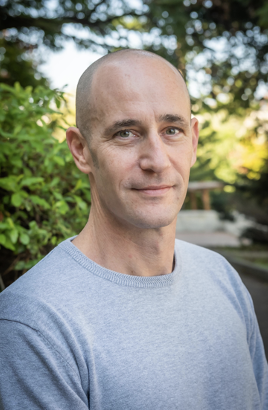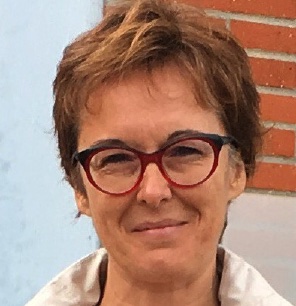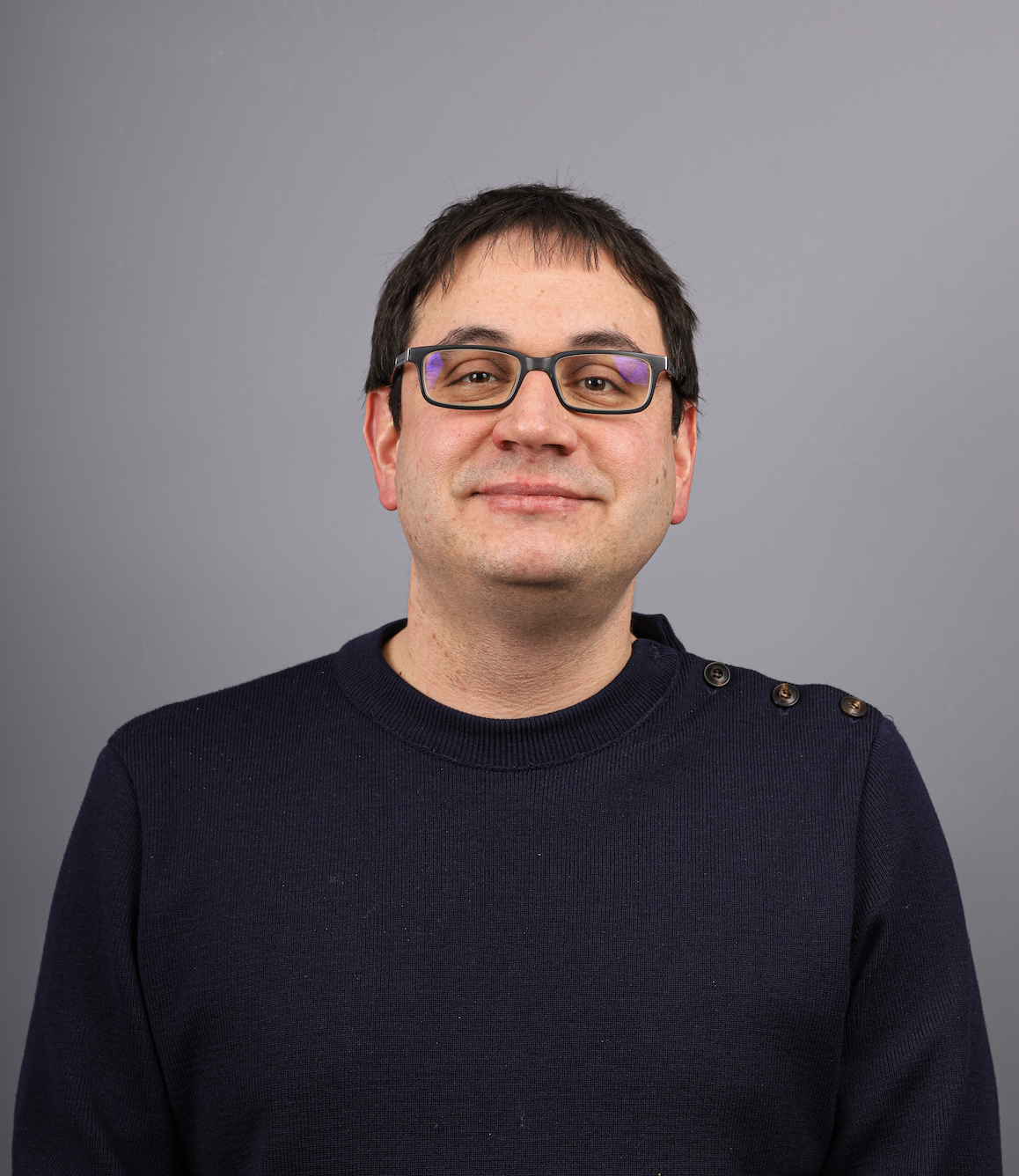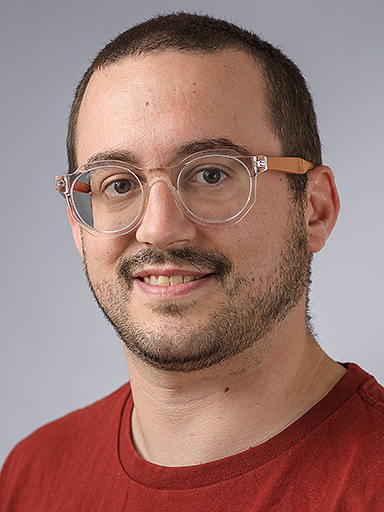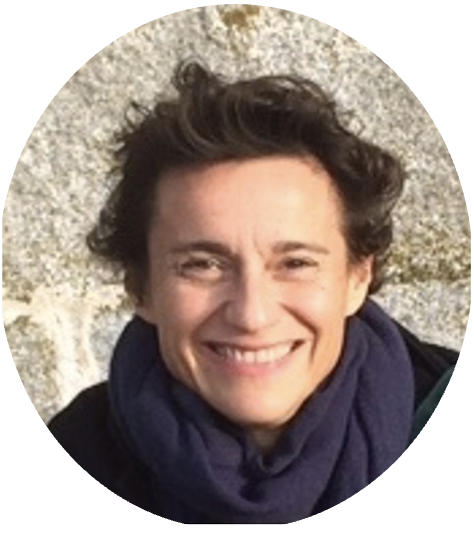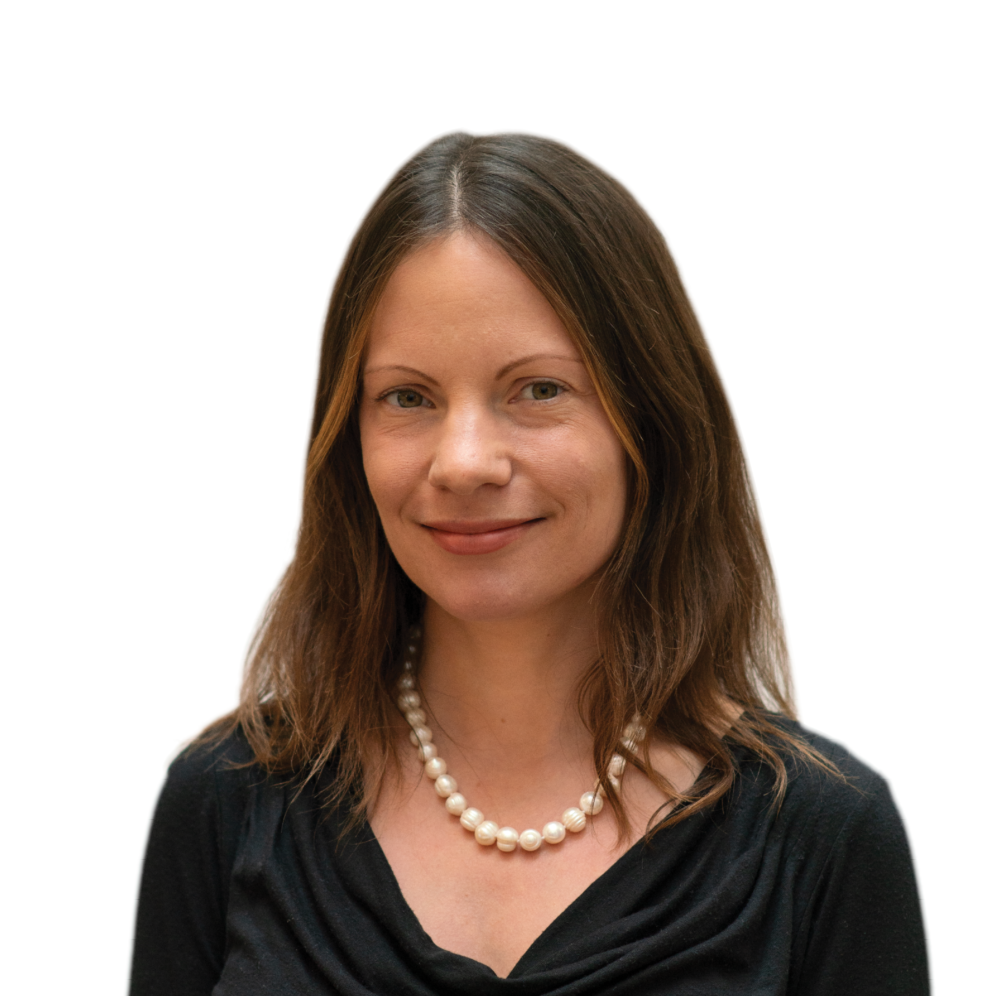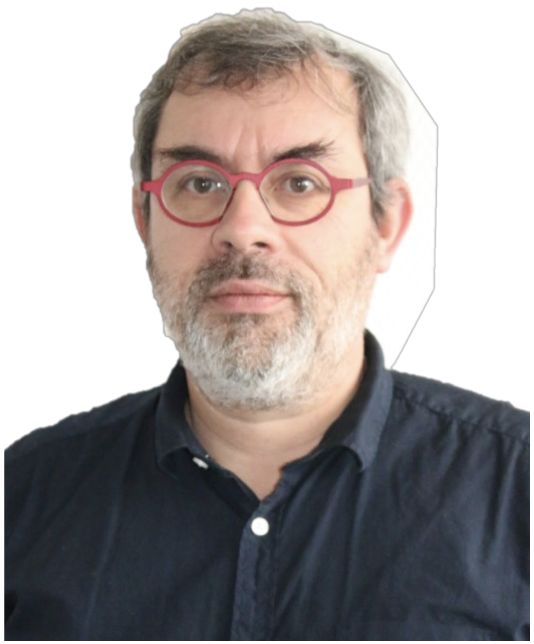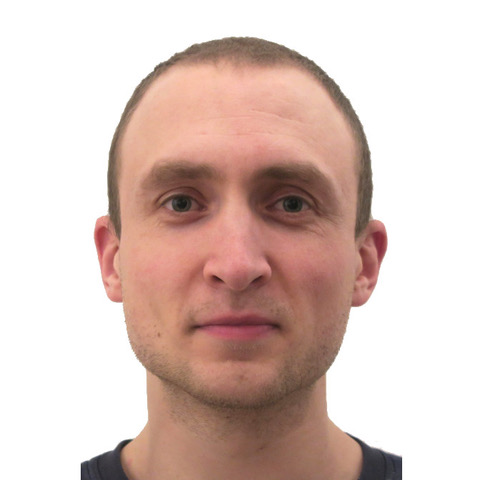
|
|
|
Confirmed invited speakers
Prof. Ellenbogen is the Head of the Laboratory for Nanoscale Electro-Optics at Tel-Aviv University. He obtained his bachelor's degree in Physics and Computers in 2002, his Master's degree in Physics in 2005, and his PhD in Nonlinear Optics in 2010, all from Tel-Aviv University. He was a Fulbright Postdoctoral Fellow at Harvard University where he worked on nanoplasmonics and excitonics. In addition he was also a member of The Center for Excitonics in MIT. In October 2012 he establish The Laboratory for Nanoscale Electro Optics at Tel-Aviv University. Since then he received several career awards and competitive research grants for contributions to the field of linear and nonlinear metamaterials, including the Kadar Family Award for Outstanding Research, Schmidt Futures, Momentum fund, ERC-STG and ERC-COG grants. He was also appointed as the Head of Tel-Aviv University Excellence Center for Optical Metamaterials. His research interests include nanoscale light-matter interaction, nonlinear and ultrafast optics, and optical metamaterials.
After graduating from Institut d’Optique Graduate School, Céline Fiorini obtained her PhD in Physics, (Optics and Photonics, Paris XI Orsay), in 1995. Since then, she has been working as a scientist in CEA Paris Saclay, going from the applied to the fundamental research division. She is currently part of the condensed matter laboratory, her main research topic being devoted to nanophotonics. More particularly, her studies mainly involve optical nano-antennas and molecular plasmonics, organic nonlinear optics and light emission (time-resolved fluorescence spectroscopy, frequency conversion), photochromism, molecular self-organisation, photoinduced ordering and mass transport … She has authored or co-authored more than 110 papers. In addition to her research activities, Céline FIorini is coordinating a so-called laboratory of Excellence of Paris Saclay University, aiming at promoting synergies between interdisciplinary scientists of different research fields, from nano(spin)electronics to nanophotonics, nanomedicine and nanochemistry.
Davy Gérard is an associate professor at the laboratory Light, nanomaterials, nanotechnologies (L2n) in Troyes, France. After a PhD at the University of Dijon (2004) on near-field imaging of photonic structures, his research interests moved to plasmonics and plasmon-enhanced fluorescence. His current research focuses on light-matter interaction at the nanoscale, including the use of aluminum as a new plasmonic material (in particular for UV-plasmonics), collective resonances in arrays of nanoparticles for light emission, nanoscale imaging, and chiral plasmonics.
Nicolò holds a tenure-track professorship and is the head of the ‘Ultrafast Nanophotonics and Advanced Functional Materials’ Group at the Department of Physics, Umeå University (Sweden) supported by the Swedish Research Council, the European Innovation Council, the Faculty of Science and Technology, the Kempe and Wenner-Gren Foundations. Currently, he is also a visiting group leader at the Department of Physics and Materials Science, University of Luxembourg. Nicolò performed his PhD research at CIC nanoGUNE (Spain) and got his PhD in Physics of Nanostructures and Advanced Materials from the University of the Basque Country in 2016. In 2015, he received the “Piero Brovetto” Award from the Italian Physical Society for “his contributions in the fields of nanomagnetism and nanooptics and the study of the physical properties of magnetoplasmonic nanoantennas and their application in bio-sensing”. Until now, he was able to collect more than 2.5 M€ to fund his own research. In 2022, he became a Fellow of the Young Academy of Europe, a pan-European initiative of young scientists for networking, scientific exchange and science policy. Nicolò’s research span a broad range of fundamental and applied aspects of natural sciences, with a special focus on both the fundamental and applied aspects of light-matter interactions in advanced and multifunctional nano- and meta-materials for opto-electronics and information processing, photochemistry and biotechnology.
Valérie Marchi, graduated from ESPCI (1994) obtained her PhD at the University of Pierre et Marie Curie (Paris 6) and worked on supramolecular chemistry applied to vesicle fusion and adhesion at College de France (1998-2003) as well as Technische Universität München during her postdoc. She moved to Rennes University in 2004 to develop a research group in synthesis, surface chemistry and characterization as well as self-assembling of nanoparticles. Her work is oriented toward Biology-Nanoscience interface and dedicated to bioimaging using protein-quantum dots hybrids with a controlled stoichiometry (Nanolett. 2009, JACS 2009, Nanolett. 2011), self-assemblies of nanoparticles driven by synthetic complementary proteins (ACS Nano 2016, Nanoscale 2020) and the optical properties of these nanostructured materials (Langmuir 2015, Nanoscale 2020 and Nanomaterials 2021) and more recently biolabeling and biosensing with gold nanoclusters. Her group also investigated gold nanorods or quantum rods structured assemblies obtained with short peptidic ligands by SAXS and SEM (ACS Nano 2012 and Small 2014). Recently her research focuses on the original synthesis of bioactivated gold nanoclusters for biomedical applications and applications in medicinal diagnostic, drug delivery system and biosensor (J. Phys Chem Lett 2022, Nanomaterials 2022).
Emilie Ringe obtained her B.A./M.S. (summa cum laude) and Ph.D. at Northwestern University under the supervision of Laurence Marks and Richard Van Duyne. She then took up a Gott Research Fellowship at Trinity Hall as well as a Newton International Research Fellowship (Royal Society) in University of Cambridge, UK. A year later, she was hired as an assistant professor at Rice University, where she established the Electron Microscopy Center and received funding from the Air Force Office of Scientific Research (YIP), NSF, ACS-PRF, 3M, and the US/Israel Binational Science Foundation.
Guillaume Viau is Professor at INSA Toulouse and Director of Laboratoire de Physique et Chimie des Nano-Objets (LPCNO) joint research unit INSA Toulouse-CNRS-Université Toulouse 3. He obtained a PhD Thesis in Materials Science, Université Paris Diderot, in 1995. Since then, his research focusses on liquid phase synthesis of metallic nanoparticles and elucidation of nucleation and growth mechanism thanks to in situ and time-resolved techniques (SAXS, XAS, XRD …). He has developed the synthesis of anisotropic metallic in solution (magnetic nanorods and gold nanowires). He has been involved in several ANR projects Magafil (2008-2010), Tanopol (2016-2019), Pomade (2019-2022), NIMRod (2021-2024) and EU joint projects Refreepermag FP7 (2012-2015), Swimmot H2020 (2020-2024) with researchers working in different fields (magnetism, catalysis, biology). Recently, he has developed and patented a bottom-up approach for permanent magnets fabrication based of 3D assemblies of cobalt nanorods assembly and their integration into microelectronic devices.
Peter Wiecha's research focuses on the interaction of light with subwavelength small structures, and on applications of artificial intelligence in nano-optics and photonics. After studying physics at the Technical University of Munich in Germany he obtained a PhD in 2016 from the Université Paul Sabatier Toulouse, followed by post-docs in Toulouse and at the University of Southampton. Since 2020 he is a permanent CNRS researcher at LAAS-CNRS in Toulouse. |
